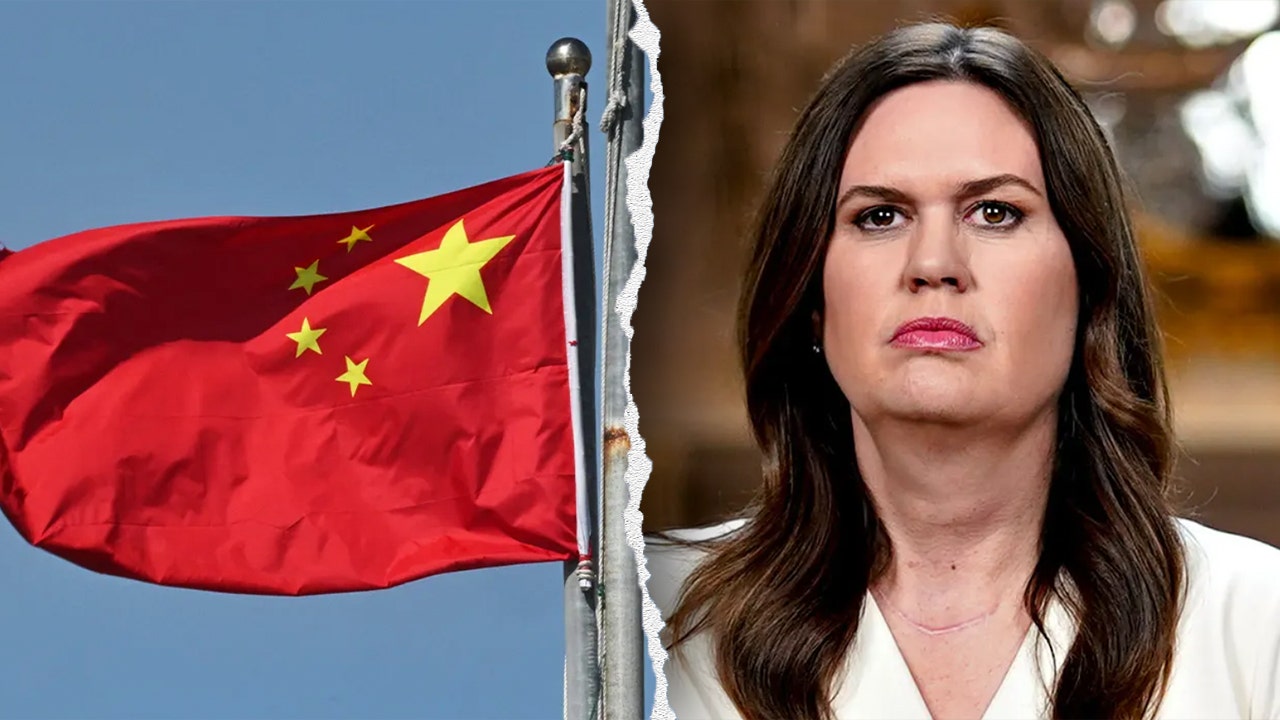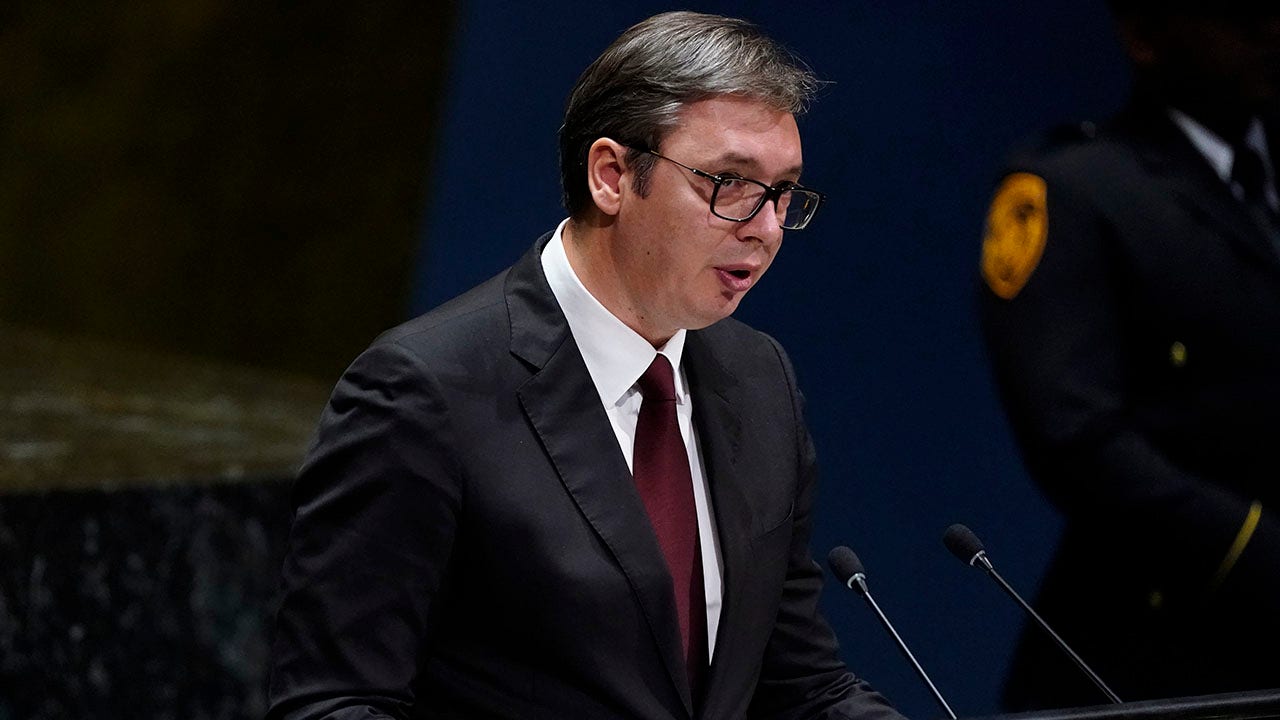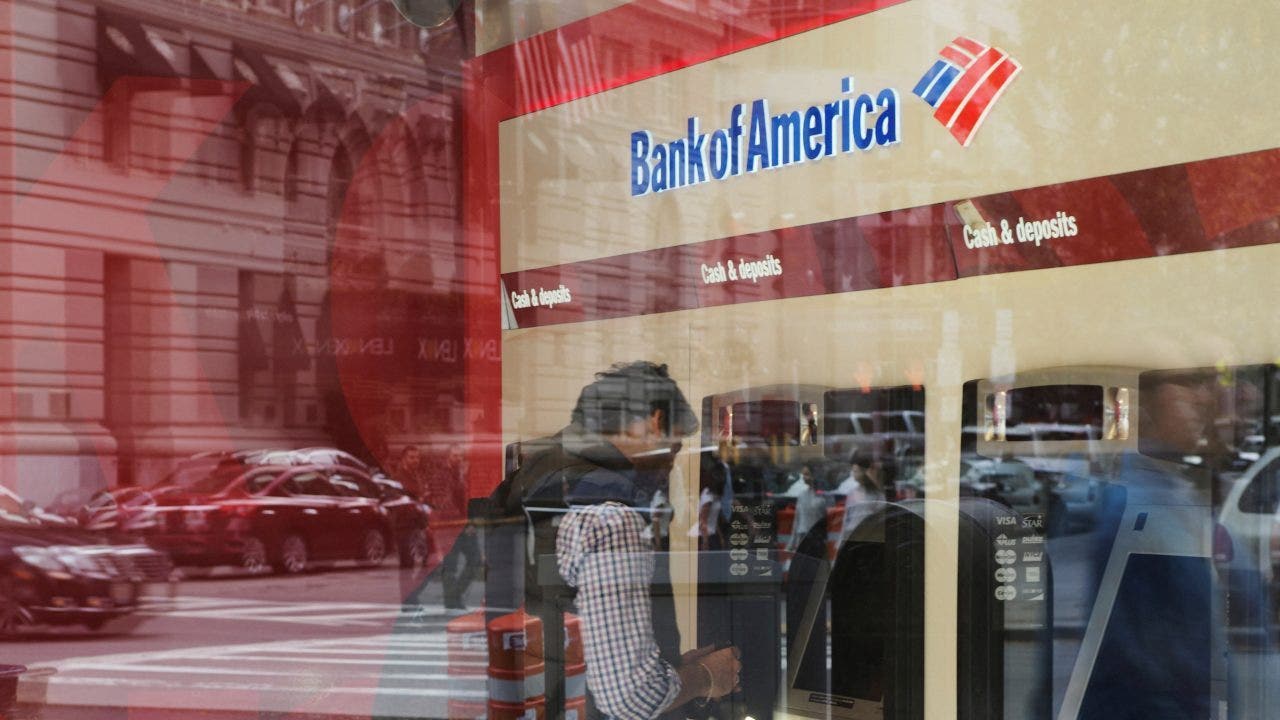- BP said it would increase annual oil and gas spending to $10 billion and cut planned annual investment in energy transition businesses by more than $5 billion.
- The energy company is seeking to boost earnings and shareholder returns and to regain investor confidence after being outperformed by its peers.
- BP is the latest energy company to switch focus from green energy back to fossil fuels.
BP slashed planned investment in renewable energy and said on Wednesday it would increase annual oil and gas spending to $10 billion, in a major strategy shift aimed at boosting earnings and shareholder returns.
The oil company cut its planned annual investment in energy transition businesses by more than $5 billion, from its previous forecast, to between $1.5 billion and $2 billion per year.
It is the latest big company in the energy sector to change its position in response to the need to lower carbon emissions and curb climate change, returning the focus to oil and gas.
TRUMP TARIFF THREATS ON CANADIAN OIL COULD IMPACT THREE US REGIONS, GAS ANALYST SAYS
BP now aims to grow oil and gas production to between 2.3 million and 2.5 million barrels of oil equivalent per day (boepd) in 2030. It pumped 2.36 million boepd in 2024.
“It’s a radical shift,” CEO Murray Auchincloss told Reuters in a phone interview after the announcements during the company’s capital markets day.
Under Auchincloss’ predecessor, Bernard Looney, BP pledged in 2020 to cut oil and gas output by 40% while rapidly growing renewables by 2030. It lowered that target to 25% in 2023.
Auchincloss said the transition to renewable energy has been slower than BP initially expected following the war in Ukraine, the pandemic, volatile energy markets and changing attitudes towards renewable energy in some countries.
“What that meant is hydrocarbon demand continues to be very, very strong, stronger than we would have envisioned five years ago, and the transition has not proceeded at the pace we would have thought,” he said.
BP is seeking to regain investor confidence after underperforming its peers and has come under added pressure to make transformative changes after activist investor Elliott Investment Management built a stake in the company.
“Three big things we’ve done: reducing capex, reducing costs, material divestment with an outcome of growing cashflow and returns,” Auchincloss said.
“We will be very selective in our investment in the transition, including through innovative capital-light platforms. This is a reset BP, with an unwavering focus on growing long-term shareholder value.”
BP plans to raise its dividend by at least 4% per share annually and expects first-quarter share buybacks of $750 million to $1 billion, a downward revision from its previous $1.75 billion forecast.
It aims to spend between $13 billion and $15 billion annually through 2027, trimming $1 billion to $3 billion from 2024 levels, with 2025 capital expenditure expected at around $15 billion.
BP shares were down about 1.7% by 1258 GMT, while the broader energy index .FTNMX601010 was marginally lower.
“The updated guidance directionally all looks in line with expectations, however we think the capex cut was less material than many investors were suggesting to us, while in the near term, shareholder returns for BP are now lower than peers,” said RBC Capital Markets analyst Biraj Borkhataria.
“To us, much of the release looks to be BP making the right calls for the long term, but it may not please investors today,” Borkhataria added.
BP also said it was reviewing its lubricants business, Castrol, and targeting $20 billion in divestments by 2027.
It plans to bring in a 50% partner for its solar business, Lightsource BP, with a sale process expected in the next few months.
Read the full article here
















